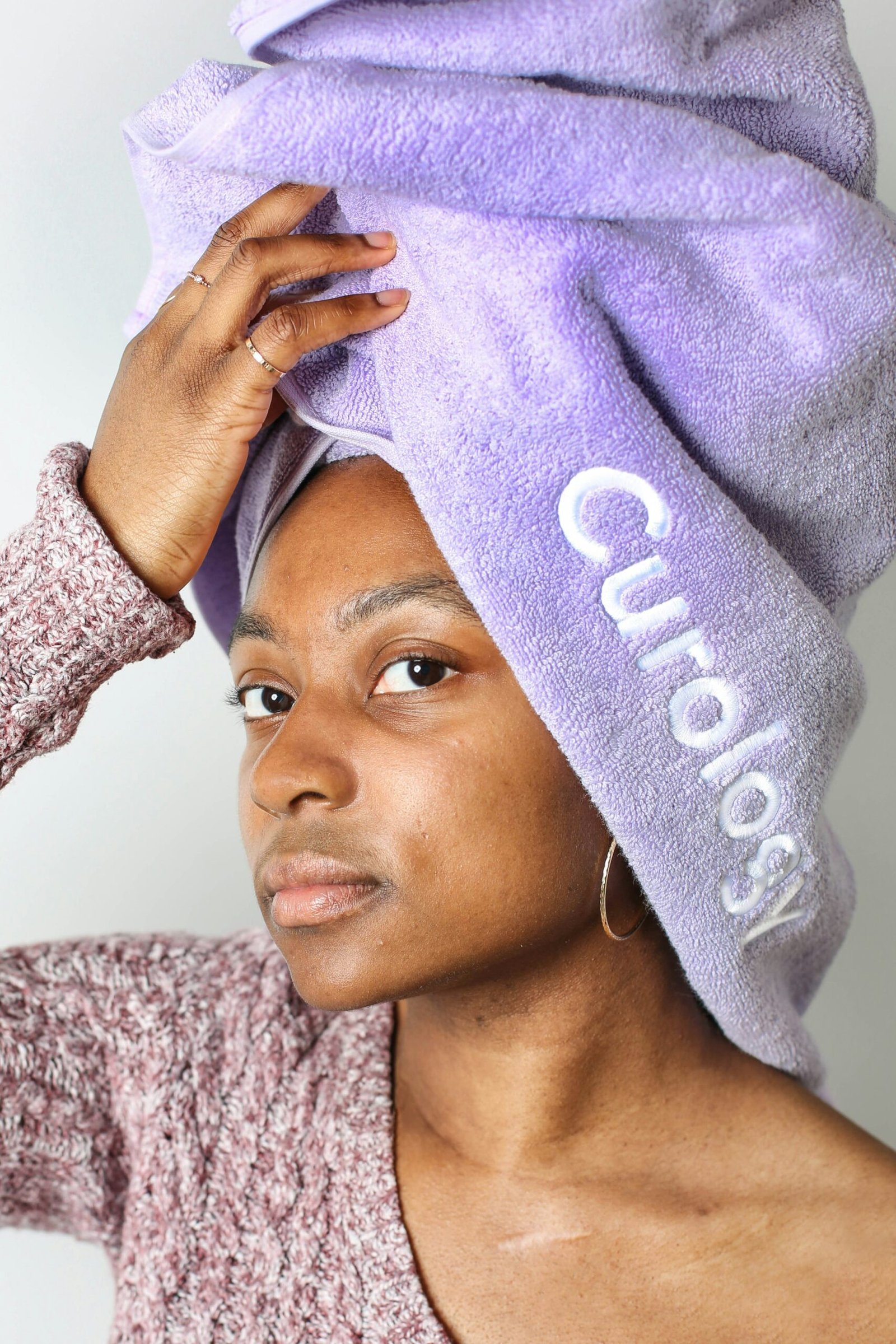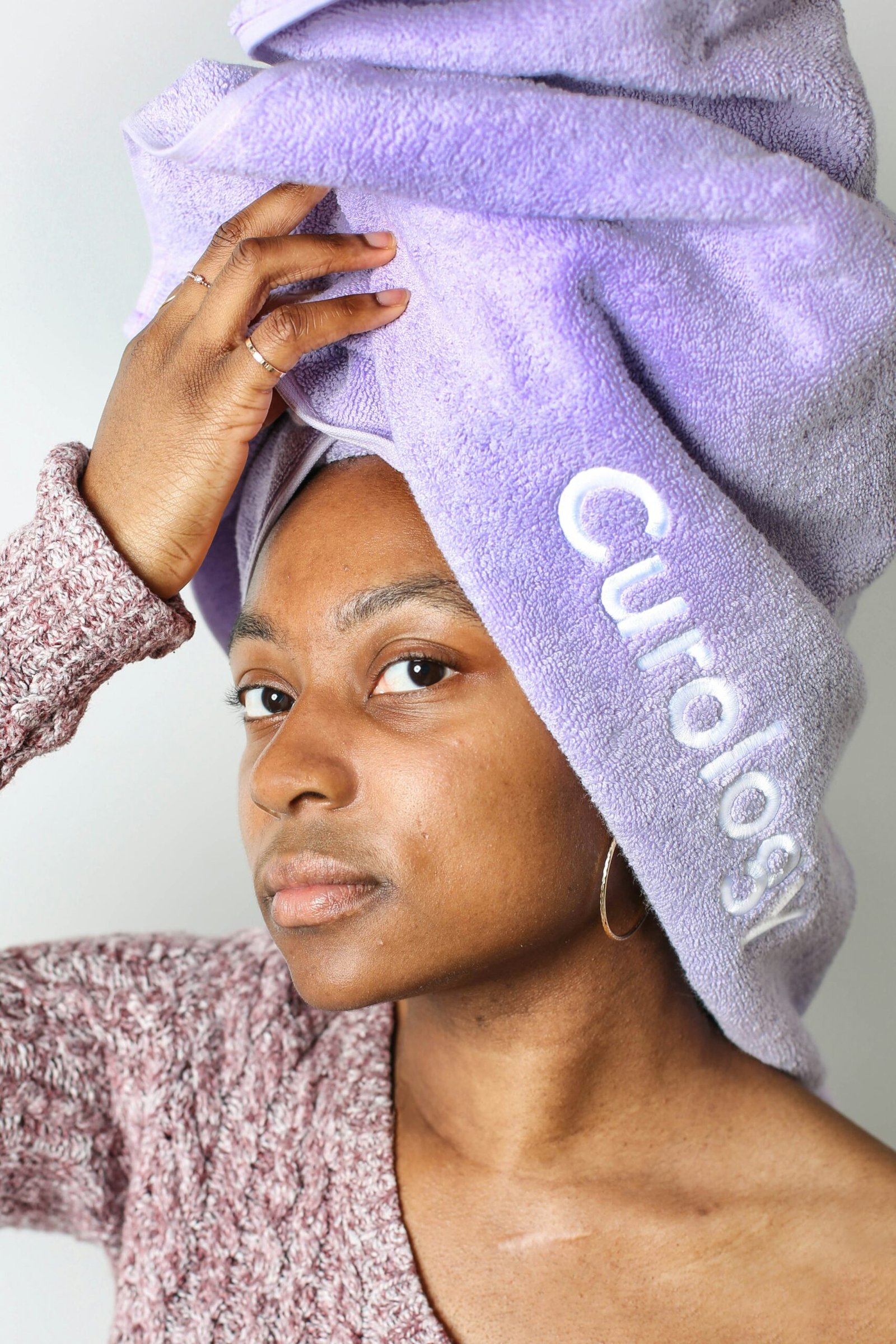
Introduction to Acne
Acne is a common skin condition that affects millions of people worldwide, manifesting primarily as pimples, blackheads, whiteheads, and cysts. While it is most prevalent among teenagers and young adults, acne can affect individuals of all ages. The condition arises when hair follicles become clogged with oil and dead skin cells, leading to inflammation and the formation of lesions.
Statistics indicate that nearly 85% of people between the ages of 12 and 24 experience at least minor acne. However, it is not just a teenage affliction. Adult acne affects about 15% of women and 5% of men, often persisting into their 30s, 40s, and even 50s. This widespread prevalence underscores the importance of understanding the underlying causes, treatments, and preventive measures associated with acne.
The pathogenesis of acne involves several interrelated factors including excess sebum production, hormonal fluctuations, bacterial overgrowth, and the inflammatory response. Hormonal changes during puberty, menstruation, pregnancy, and conditions like polycystic ovary syndrome (PCOS) can significantly contribute to acne development. Additionally, lifestyle factors such as diet, stress, and skincare routines play a crucial role in the severity and frequency of acne outbreaks.
Understanding acne is essential not only for effective treatment but also for minimizing its psychological impact. Acne can lead to diminished self-esteem, social withdrawal, and even depression. Therefore, a comprehensive approach to managing acne involves both medical intervention and lifestyle adjustments.
This blog post aims to delve into the various dimensions of acne, offering insights into its causes, exploring effective treatments, and providing practical tips for prevention. By addressing these aspects, we hope to equip readers with the knowledge necessary to manage and reduce the impact of acne on their lives.
Types of Acne
Understanding the different types of acne is essential for effective treatment and prevention. Acne can be broadly categorized into non-inflammatory and inflammatory types, each with distinct characteristics and severity levels.
Non-Inflammatory Acne: This type of acne is generally less severe and includes blackheads and whiteheads. Blackheads, or open comedones, appear as small, dark spots on the surface of the skin. They form when pores become clogged with excess oil and dead skin cells, which then react with oxygen in the air. Common locations for blackheads include the forehead, nose, and chin. Whiteheads, or closed comedones, are similar but remain under the skin’s surface, appearing as small, white bumps. These are typically found on the face, particularly around the nose and chin, but can also occur on the chest and back.
Inflammatory Acne: This type includes papules, pustules, nodules, and cysts, and tends to be more severe. Papules are small, red, and tender bumps caused by inflamed or infected hair follicles. Pustules are similar but contain pus, making them appear white or yellow at the center. Both papules and pustules commonly occur on the face, shoulders, and back. Nodules are larger, painful lumps located deeper within the skin. They can be more challenging to treat and may lead to scarring. Cysts are the most severe form of acne, presenting as large, pus-filled lesions that are painful and can cause significant scarring if not properly managed. Nodules and cysts are commonly found on the face, back, chest, and shoulders.
Recognizing the type of acne is crucial for determining the appropriate treatment strategy. While non-inflammatory acne may respond well to over-the-counter treatments, inflammatory acne often requires more intensive interventions, including prescription medications and professional care. Understanding these distinctions can aid in managing acne effectively and reducing its long-term impact on the skin.
Causes and Risk Factors
Acne is a multifaceted skin condition, influenced by a variety of factors. One primary contributor is hormonal changes, particularly during puberty. During this stage, the body experiences an increase in androgen hormones, which can lead to the overproduction of sebum, an oily substance that can block pores. This blockage creates an ideal environment for the proliferation of bacteria, specifically Propionibacterium acnes, which exacerbates inflammation and leads to acne.
Genetic predisposition also plays a significant role in acne development. Studies have shown that individuals with a family history of acne are more likely to experience this skin condition themselves. This genetic link suggests that inherited traits, such as skin structure and hormone levels, could contribute to the likelihood of developing acne.
Lifestyle factors, including diet and stress, further influence acne. Diets high in refined sugars and dairy products have been associated with increased acne occurrence. Stress, on the other hand, can trigger the release of cortisol and other stress hormones, which may worsen acne by increasing oil production and inflammation. Additionally, certain medications, such as corticosteroids, lithium, and some oral contraceptives, can lead to acne as a side effect.
Cosmetic products can also be culprits in acne formation. Products that are comedogenic, meaning they have a tendency to clog pores, can lead to breakouts. It’s important to choose non-comedogenic skincare and makeup products to minimize this risk. Furthermore, inadequate removal of makeup and poor skincare routines can contribute to clogged pores and bacterial growth.
In summary, understanding the various causes and risk factors of acne is crucial for effective management. Hormonal changes, genetic predisposition, lifestyle choices, certain medications, and cosmetic products all play a part in the development of this common skin condition. By recognizing these factors, individuals can take proactive steps to mitigate their impact and maintain healthier skin.
Common Myths and Misconceptions
Acne is a complex skin condition that is often misunderstood, leading to a variety of myths and misconceptions. One prevalent myth is that acne is caused by poor hygiene. While hygiene plays a role in overall skin health, it is not the primary cause of acne. Acne is primarily driven by a combination of factors including genetics, hormonal changes, and overproduction of sebum. Excessive washing or scrubbing can actually irritate the skin and exacerbate acne rather than preventing it.
Another common misconception is that acne can be cured by tanning. It’s thought that sun exposure can dry out pimples and improve skin appearance. However, tanning can lead to long-term skin damage, including an increased risk of skin cancer and premature aging. Moreover, sun exposure can initially reduce inflammation, but it can also trigger an increase in sebum production, leading to more breakouts in the long run. Therefore, it is crucial to use effective acne treatments recommended by dermatologists rather than relying on tanning.
Diet is another area rife with misconceptions. While there is some evidence to suggest that certain foods can influence acne, there is no single food or diet responsible for causing or curing acne. It is important to maintain a balanced diet for overall health, but eliminating specific foods is unlikely to be a magic solution for acne. Consulting with a healthcare provider can provide personalized advice tailored to individual dietary needs and skin conditions.
Lastly, many believe that acne is only a teenage problem. While it is true that acne is most common during adolescence due to hormonal changes, it can persist into adulthood. Adult acne is not uncommon and can be particularly distressing. Understanding that acne can affect individuals at various stages of life can help reduce the stigma and encourage those affected to seek appropriate treatment.
By debunking these myths, we can foster a better understanding of acne and promote more effective approaches to treatment and prevention.
Over-the-Counter Treatments
Over-the-counter (OTC) treatments offer a convenient and accessible solution for managing acne. Among the most commonly used topical treatments are benzoyl peroxide, salicylic acid, and retinoids, each with its unique mechanisms and benefits. Understanding how these treatments work and their potential side effects can help individuals make informed choices suitable for their skin types.
Benzoyl peroxide is a widely recommended OTC treatment known for its antibacterial properties. It works by reducing the bacteria that cause acne and also helps to clear pores of dead skin cells. This dual action makes it highly effective in treating mild to moderate acne. However, users should be aware of potential side effects such as dryness, redness, and irritation. It is advisable to start with a lower concentration and gradually increase it to minimize these effects.
Salicylic acid, another popular OTC option, is a beta-hydroxy acid known for its ability to exfoliate the skin. It penetrates the pores to dissolve excess sebum and dead skin cells, thereby preventing clogging that leads to acne. Salicylic acid is particularly beneficial for those with oily or combination skin. Nevertheless, overuse can lead to dryness and peeling, so it is crucial to use it as directed and pair it with a good moisturizer.
Retinoids, derived from vitamin A, are powerful agents in acne treatment. They work by promoting cell turnover and preventing the formation of new comedones. Retinoids can be very effective but might cause initial irritation, including redness and peeling. Individuals with sensitive skin should use retinoids cautiously, starting with lower strengths and applying them every other night until the skin builds tolerance.
Selecting the right OTC treatment involves understanding one’s skin type and the specific acne issues at hand. For those with dry skin, it is essential to choose products that are less likely to cause additional dryness, such as lower concentrations of benzoyl peroxide or salicylic acid. Conversely, individuals with oily skin may benefit more from salicylic acid or retinoids.
Ultimately, while OTC treatments can be highly effective in managing acne, it is important to listen to one’s skin and adjust usage accordingly. Consulting with a dermatologist can provide additional guidance tailored to individual skin needs and help in navigating the myriad of available OTC options.
Prescription Treatments
For individuals struggling with moderate to severe acne, over-the-counter solutions may often prove insufficient. In such cases, prescription treatments prescribed by a dermatologist can offer more potent and effective solutions. These treatments vary widely, catering to different types of acne and individual skin needs.
One common category of prescription treatments includes oral antibiotics. These medications work by reducing inflammation and killing bacteria that contribute to acne outbreaks. Dermatologists typically prescribe antibiotics like doxycycline or minocycline, particularly for inflammatory acne. However, these medications are usually recommended for short-term use to prevent antibiotic resistance.
Hormonal treatments are another effective option, particularly for females whose acne is linked to hormonal imbalances. Birth control pills can regulate hormones and reduce acne flare-ups. Additionally, anti-androgens like spironolactone help reduce the production of sebum, the oily substance that can clog pores and lead to acne.
For those who require more intense intervention, stronger topical treatments may be prescribed. These include higher concentrations of retinoids, which promote skin cell turnover and prevent clogged pores, and topical antibiotics combined with benzoyl peroxide to reduce bacteria and inflammation.
In cases of severe, cystic, or scarring acne, isotretinoin (commonly known by the brand name Accutane) may be recommended. Isotretinoin is a powerful oral medication that significantly reduces sebum production, decreases inflammation, and alters the pattern of skin cell growth. While highly effective, it comes with potential side effects and requires careful monitoring by a dermatologist. Due to its potency, isotretinoin is often considered a last resort when other treatments have failed.
Choosing the right prescription treatment involves a thorough consultation with a dermatologist, who will assess the severity of the acne, the patient’s medical history, and any potential side effects. These treatments offer hope to those for whom acne is not just a cosmetic issue but a significant concern affecting their quality of life.
Lifestyle and Home Remedies
Managing and preventing acne often requires a comprehensive approach that includes lifestyle changes and home remedies. One of the most impactful adjustments can be dietary changes. Reducing the intake of dairy products and high-glycemic foods such as sugary snacks and refined carbohydrates may help minimize acne flare-ups. Instead, incorporating a balanced diet rich in fruits, vegetables, whole grains, and lean proteins can support overall skin health.
Stress management is another crucial element in controlling acne. Stress can exacerbate acne by increasing the production of hormones that stimulate oil glands. Techniques such as yoga, meditation, and deep-breathing exercises can be effective in reducing stress levels. Regular physical activity also promotes stress relief and enhances skin health by improving circulation.
Adopting a proper skincare routine is essential for managing acne. Gentle cleansing twice daily with a mild, non-comedogenic cleanser helps remove excess oil, dirt, and dead skin cells without irritating the skin. Using products containing salicylic acid or benzoyl peroxide can further aid in unclogging pores and reducing inflammation. Moisturizing with a non-comedogenic moisturizer keeps the skin hydrated and balanced, preventing it from producing excess oil.
Natural remedies can also play a supportive role in acne management. Tea tree oil, with its anti-inflammatory and antimicrobial properties, can be applied as a spot treatment to reduce acne lesions. Aloe vera, known for its soothing and healing properties, can be used to calm irritated skin and promote healing. However, it is important to perform a patch test before using any new remedy to ensure there is no adverse reaction.
Consistency and patience are key when implementing these lifestyle changes and home remedies. Acne treatments often take time to show visible results, and it is crucial to maintain a steady routine. By combining dietary adjustments, stress management, a proper skincare regimen, and natural remedies, individuals can effectively manage and prevent acne, leading to clearer and healthier skin over time.
When to See a Dermatologist
Determining when to seek professional help for acne can be challenging. While many individuals manage with over-the-counter treatments, there are specific signs indicating that a visit to a dermatologist is warranted. Persistent or painful breakouts that do not respond to standard treatments are a primary indicator. If you notice that your acne persists despite adhering to a consistent skincare regimen for several months, it may be time to consult a specialist.
Another critical factor is the presence of scarring. Acne scars can be difficult to treat and may result in permanent skin damage if not addressed promptly. If you observe new scars forming or if you have existing scars that worsen, professional intervention is advisable. Dermatologists can offer advanced treatments such as laser therapy, chemical peels, and prescription medications that are more effective than over-the-counter options.
Emotional distress caused by acne should not be overlooked. Acne can significantly impact self-esteem and mental health. If you find that your acne is causing you significant anxiety, depression, or social withdrawal, seeking the expertise of a dermatologist can be a valuable step. A professional can provide both medical treatments and supportive care to help you manage the psychological effects of acne.
During a dermatology appointment, you can expect a thorough evaluation of your skin condition. The dermatologist will assess the type and severity of your acne, review your medical history, and discuss any previous treatments you’ve tried. Based on this evaluation, they may recommend a tailored treatment plan that could include prescription medications, specialized skincare products, or in-office procedures. The personalized approach offered by dermatologists often leads to more effective and faster results compared to self-treatment.
In summary, recognizing when to see a dermatologist is crucial for managing acne effectively. Persistent breakouts, scarring, and emotional distress are key indicators that professional help may be necessary. A dermatologist can provide specialized care and advanced treatments, significantly improving skin health and overall well-being.


